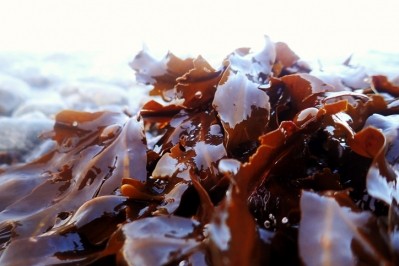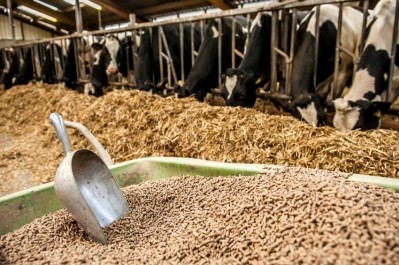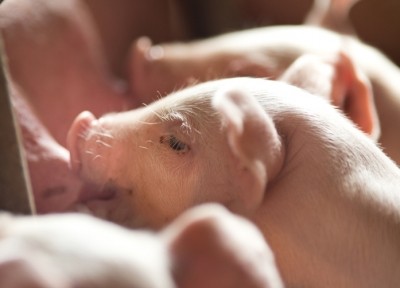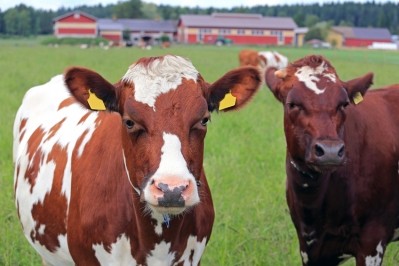New EU standard iodine method for feed

The method is based on plasma mass spectrometry (ICP-MS).
Iodine is necessary in small amounts to maintain animal health. However, if the animal feed for food-producing animals contains too much iodine, it may have adverse health effects - for animals as well as consumers of animal products such as milk, meat and eggs.
The DTU said the method is as user-friendly as possible, and it utilizes a general extraction method, which is applicable for various types of feed materials and compound feed. It can also measure iodine at lower values than the current maximum levels allow in case these are revised in the future.
Jens Sloth, senior scientist, Denmark Technical University (DTU), told us previously:
“Until now, there was no such standardized methods for iodine determination in feed, only one validated for food matrices. The method has been tested extensively in 14 laboratories and discussed and evaluated in a CEN expert working group.”
As per the European Committee for Standardization (CEN) guidelines, he chose experienced laboratories - in Germany, the Netherlands, Ireland, Austria and in the Czech Republic - to trial the method. Sloth said it was successfully tested in a broad concentration range of 0,70 to 631 mg/kg in feeds such as seaweed meal, a mineral premixture, fishmeal, a plant based ingredient and a marine based compound feed. "The method will be used for the future control [as per EU maximum levels] of iodine in animal feeds," he said.
The European maximum levels for iodine in animal feed are outlined in the EU Commission’s Regulation (EU) 2015/861
Inorganic arsenic in feed
The researcher is also developing an EU standard analytical method to detect inorganic arsenic, classified as a carcinogenic for humans by international panels, in feed, following on from an EU Commission directive.
He said it is generally known what type of feedstuffs contain inorganic arsenic – typically certain types of seaweed, mineral premixures – but the Commission requested an updated analytical approach for inorganic arsenic as the existing methodology is based on older technology that some laboratories no longer have access to.
Sloth said the inorganic arsenic standard would likely be published in 2019.














